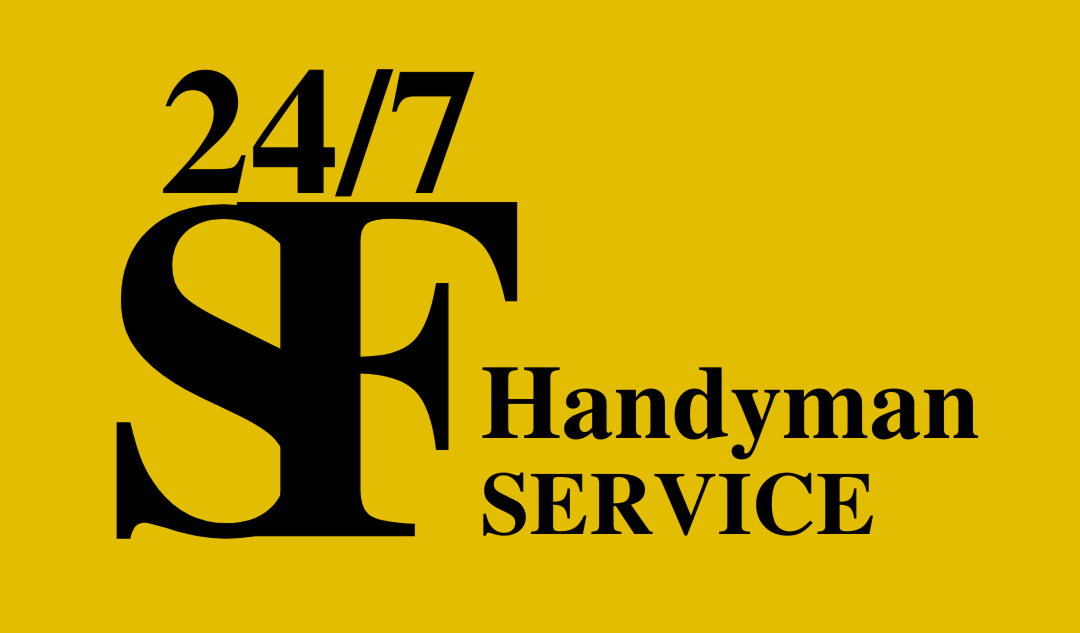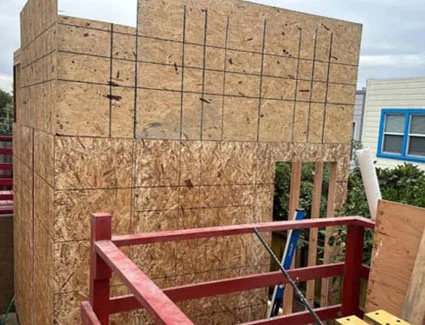When it comes to house or commercial building projects, drywall and framing are rather important for creating a sturdy, practical, and visually appealing construction. From the wall and ceiling construction to the finishing touches creating smooth, attractive surfaces, these services are required for both new construction and renovations. Understanding the basics of Drywall and framing services San Francisco ,help you to make smart decisions about your San Francisco building or restoration project.
1. Holding Framing and Drywall
Knowing the meaning of every element and the reasons behind the great importance of these services for your building project will allow you to value the unique details of drywall and frame approaches.
a) Considering frames in mind
A building’s skeleton is its framing, sometimes generated from wood, steel, or concrete. Laying the foundation and framework for walls, ceilings, roofs, and flooring, it generates the structural backbone of every building. Framing ensures the solidity and security of the building, thereby allowing the installation of plumbing, insulation, and electrical wiring.
Usually, framing requires the arrangement of supports, vertical studs, and horizontal beams preserving the overall building. Another aspect of the framing process is door and window installation; they ensure appropriate alignment and support.
b) Drywall
Drywall—sometimes known as sheetrock or gypsum board—creates smooth ceilings and walls. Two layers of paper sandwiched between a gypsum layer form it. Drywall serves both a practical and aesthetic purpose by including insulation, fire protection, and soundproofing as well as a smooth surface for paint or wallpaper.
Among the numerous thicknesses and variations of plasterboard available are fire-resistant drywall for areas needing extra safety, moisture-resistant drywall for bathrooms and kitchens, and soundproofing drywall to aid to help to minimize noise movement between rooms. The drywall being used will determine whether any room has neat and professional finishes.
2. Why Drywall and Framing Services Are Most Crucially Important
Correct frame and drywall installation are quite important for several reasons. Incorrect application of these elements may cause structural issues, energy inefficiencies, and even safety hazards. These are some significant factors contributing to the great relevance of these services:
A) structural integrity
Mostly, framing is done to ensure the strength and stability of the construction. Should the frame be designed incorrectly, the entire building could be under risk. For example, improper framing may cause ceilings, walls, or roofs to fall, therefore causing costly damage and hazards to safety. On the other hand, a well constructed building provides long-term security and peace of mind for homes as well as for businesses.
B) Energy Conservancy
Building insulated, energy-efficient homes demands for both drywall. Usually layered between the studs and the drywall, insulation reduces heating and cooling costs and helps to keep the inside temperature constant. Without suitable insulation and drywall construction, your structure can waste energy, which would raise inside temperature and result in higher electricity bills.
C) Fire Safety Concerns
Certain types of drywall are designed to be fire-resistant, hence extra protection should come from them should a fire hit. Fire-resistant drywall allows residents more time to evacuate and less damage done generally by a fire by slowing the spread of flames. The right type of drywall being used in the right places can absolutely determine whether or not your house or business is safe.
D) Perfect Attractiveness
Drywall is a fundamental component that determines a building’s finished look as well. It presents perfect, neat surfaces for painting or other finishing treatments. Additionally helping with acoustics, soundproofing, and professional, polished look creation is drywall installation. Based on the quality of your drywall job, the general appearance and feel of your room will be substantially different whether you are working on residential or commercial property.
E) soundproofing
Besides its structural and esthetic benefits, drywall serves as a soundproofing agent. Extra layers of soundproof drywall will help to reduce noise transfer between rooms, so increasing the comfort of your house or company. In offices, multi-family homes, or any setting where privacy is an issue, this is extremely important.
3.choosing a San Francisco Drywall and Framing Service
Dealing with corporate professionals will enable you to select a drywall and framing supplier for your San Francisco project. These should be some crucial considerations when choosing a contractor:
A: Profile and Experience
Choose a company with a solid reputation and expertise finishing good drywall and frame jobs. Experience professionals will be able to handle challenging tasks, provide outstanding work, and manage any issues that arise along the process. Look for client quotations from earlier projects to get an impression of the contractor’s dependability and quality of work.
a) License and Insurance
Check the contractor you want’s licensing and insurance. Licencing ensures the contractor has the necessary expertise and skills to do the job according to local construction standards and guidelines. Insurance protects against possible mistakes or harm all through the process. One has to verify these credentials before beginning any project.
b) Target Projections
A qualified contractor will present an exhaustive project estimate including labor, supplies, and any additional costs. This estimate should show the schedule of the project together with any other relevant information. Avoid contractors that offer vague or too cheap estimates since this could indicate inadequate work or later unreported costs.
d) Material Components Quality
The quality of the chosen drywall and frame components will significantly affect the lifetime and applicability of your work. Inquire of your contractor about the building supplies—including drywall (e.g., moisture-resistant, fire-resistant) and framing materials (such as wood or steel) they will be utilizing. Great materials will improve the appearance of your building in addition to their performance.
g) Timeliness and Communications
Choose a contractor who is efficient in communication and responsive all through the project. Timeliness of communication and meeting of deadlines can help your project go forward without problems and be completed on schedule. Any problems will be instantly fixed by a qualified contractor, who will also keep you updated on the status of the work.
4. Framing process and drywall installation
Understanding the importance of drywall and framing now will allow you to be ready for the installation process. Here are the general procedures involved in drywall and framing installation, even if the degree of the work will vary depending on every project:
a) Site readiness
Before any drywall or frame project gets underway, the site must be ready. This means clearing the area of garbage and ensuring it is fit for constructing. The contractor will also review the present construction for any issues including structural decay, outdated electrical systems and plumbing.
A) Framing installations
The Framing Installation commences once the site is ready. Once the framing components have been measured and cut to the designated specifications, the contractor will begin construction. This could demand erecting walls, laying beams, and designing windows and door supports. Once the framing is completed, the building will take shape and the framework of your area will become evident.
a) Installation of Drywall
Starting once the framing is erected, the process of installing drywall Using screws or nails, the contractor will secure the drywall to the studs such that it matches your walls and ceilings. Once the drywall is installed, joint compounds smooths the seams and tapes joints. To get a flawless, smooth finish, several layers of compounds could be used into this process.
d) Sanding and finishing
After the joint compound sets, the contractor will smooth the surface to eliminate any defects. Additional applications of joint compound come to ensure flawless drywall before painting or finishing, should necessary. At this stage the drywall is ready for painting, wallpapering, or other surface treatments.
e) most recent check
The contractor will undertake a last inspection to assure that everything is up to code and satisfies the required requirements once the drywall and framing installation is finished. This is your opportunity to express questions or worries before the project is fully completed.
5. San Francisco Drywall and Framing Service Rates
San Francisco’s drywall and framing services could cost quite vary depending on the degree of the employment, the area size, and the materials used. These are only estimations, though; depending on the situation the final cost might be more or less.
Your contractor should give a detailed estimate including labor, supplies, and any likely additional costs. Remember that investing in skilled services and premium materials can finally help you save money by ensuring the endurance and safety of your construction.
Basically, any building project needs drywall and framing since they offer structural support as well as aesthetic value. Knowing the value of these services will help you to make wise decisions and ensure that your project is completed satisfactorially, whether your San Francisco renovation or new building is under progress. Choosing a qualified, experienced contractor and using the correct installation method will help you to enjoy a stable, energy-efficient, and aesthetically pleasing surroundings for years to come.


Leave a Reply